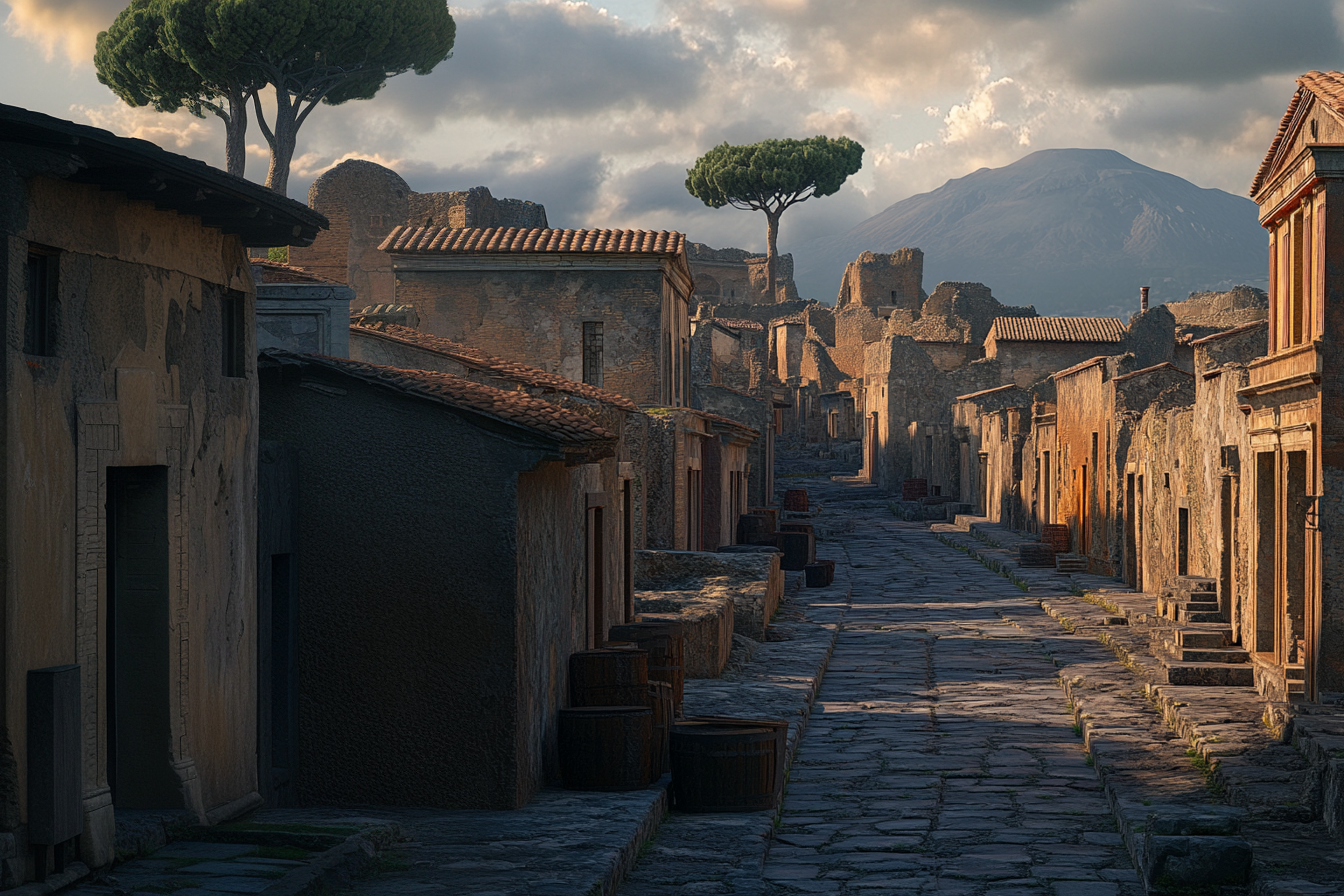
Deepfake Buildings: Reconstructing the Past or Paving the Way for the Future?
As cultural heritage is increasingly threatened by war, natural disasters and urban decay, what is t he value of digital reconstruction?

As cultural heritage is increasingly threatened by war, natural disasters and urban decay, what is t he value of digital reconstruction?

Corten steel, concrete and copper. Architects embrace patina to mark time's passing and their buildi ngs' interactions with nature.
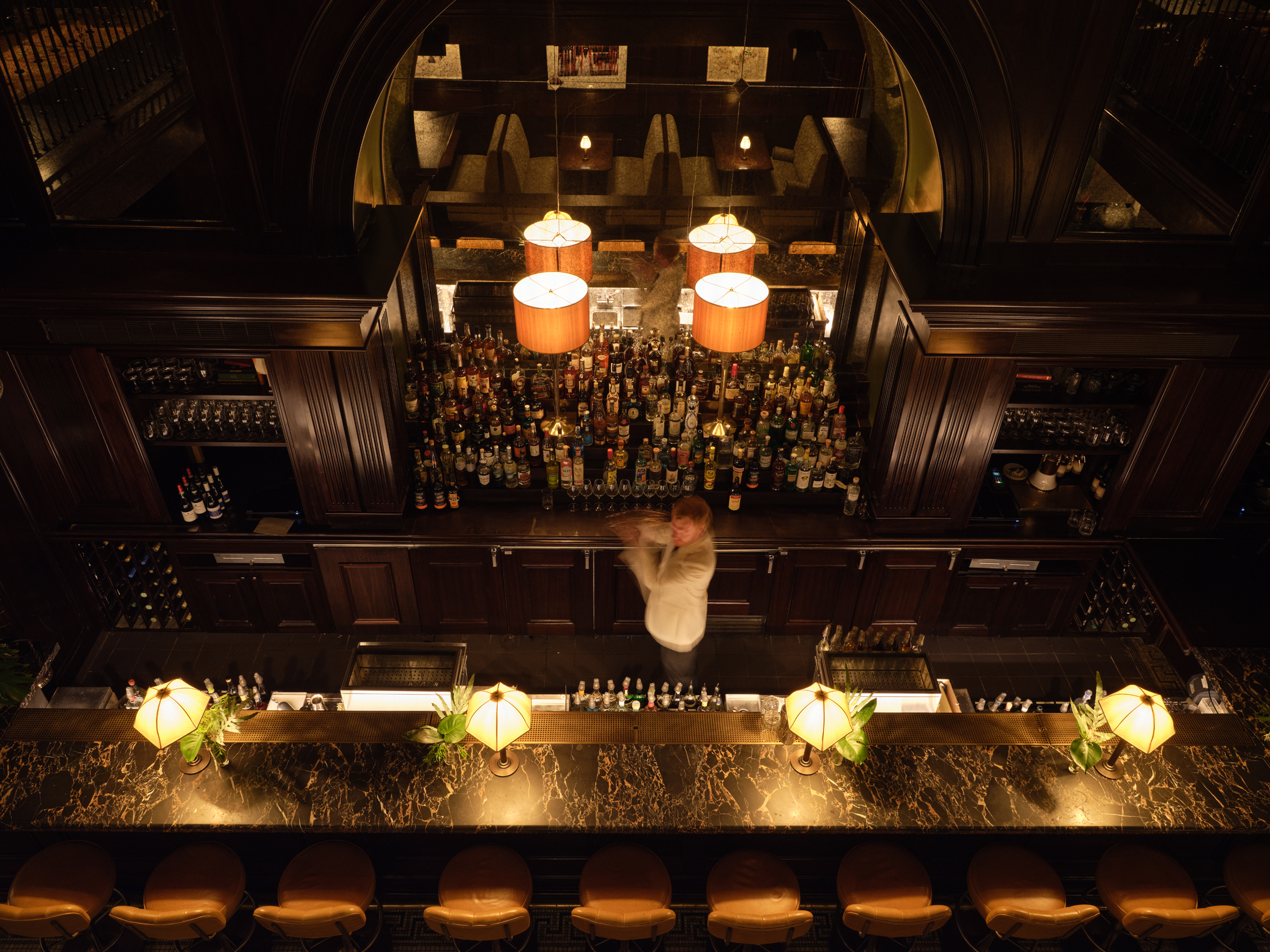
The lessons from the past can elevate today’s contemporary business environments.
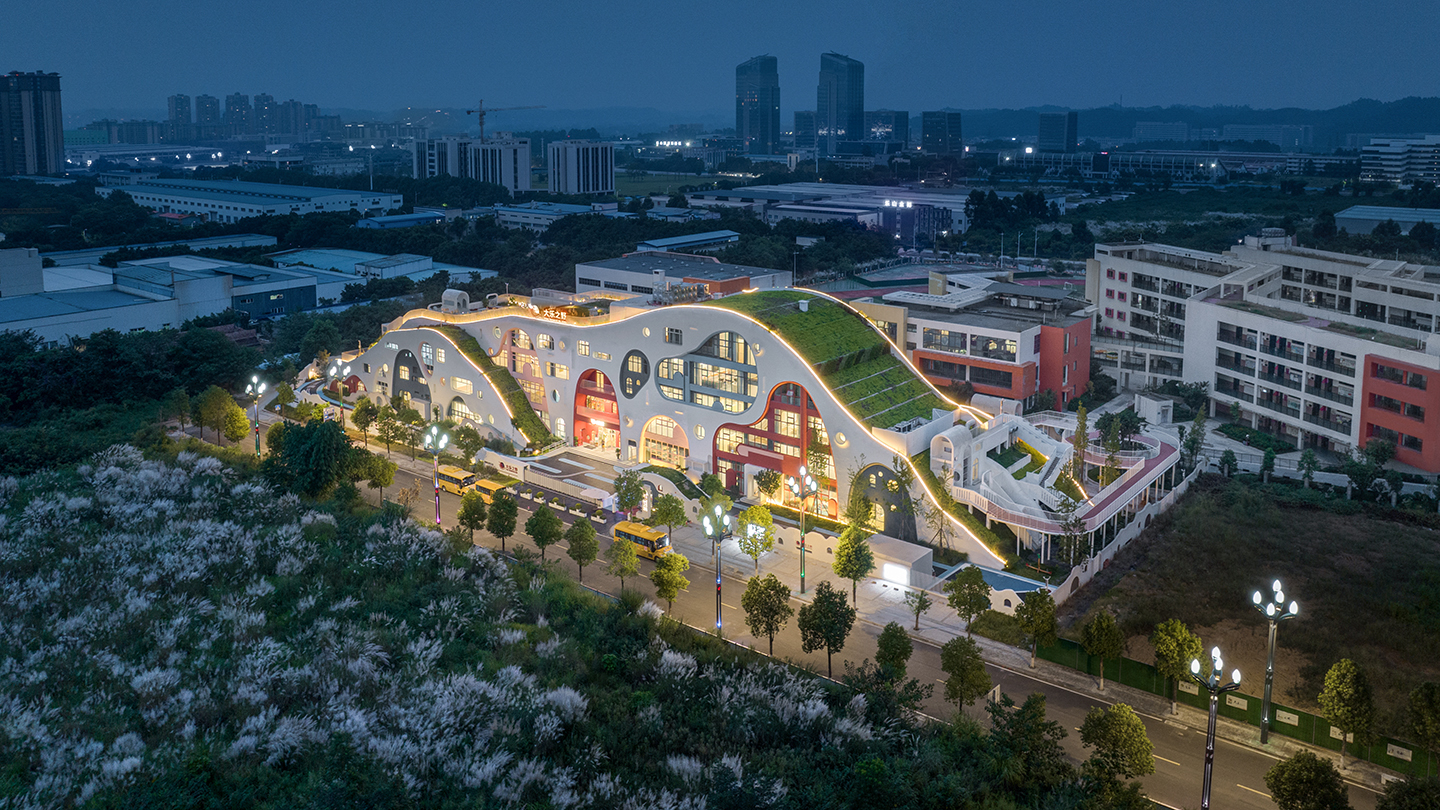
In a world where uniqueness is rare, perhaps architecture will be revitalized by imperfection.

Microbreweries are popping up worldwide, and with them comes an unmistakable architectural movement that we are all here for.
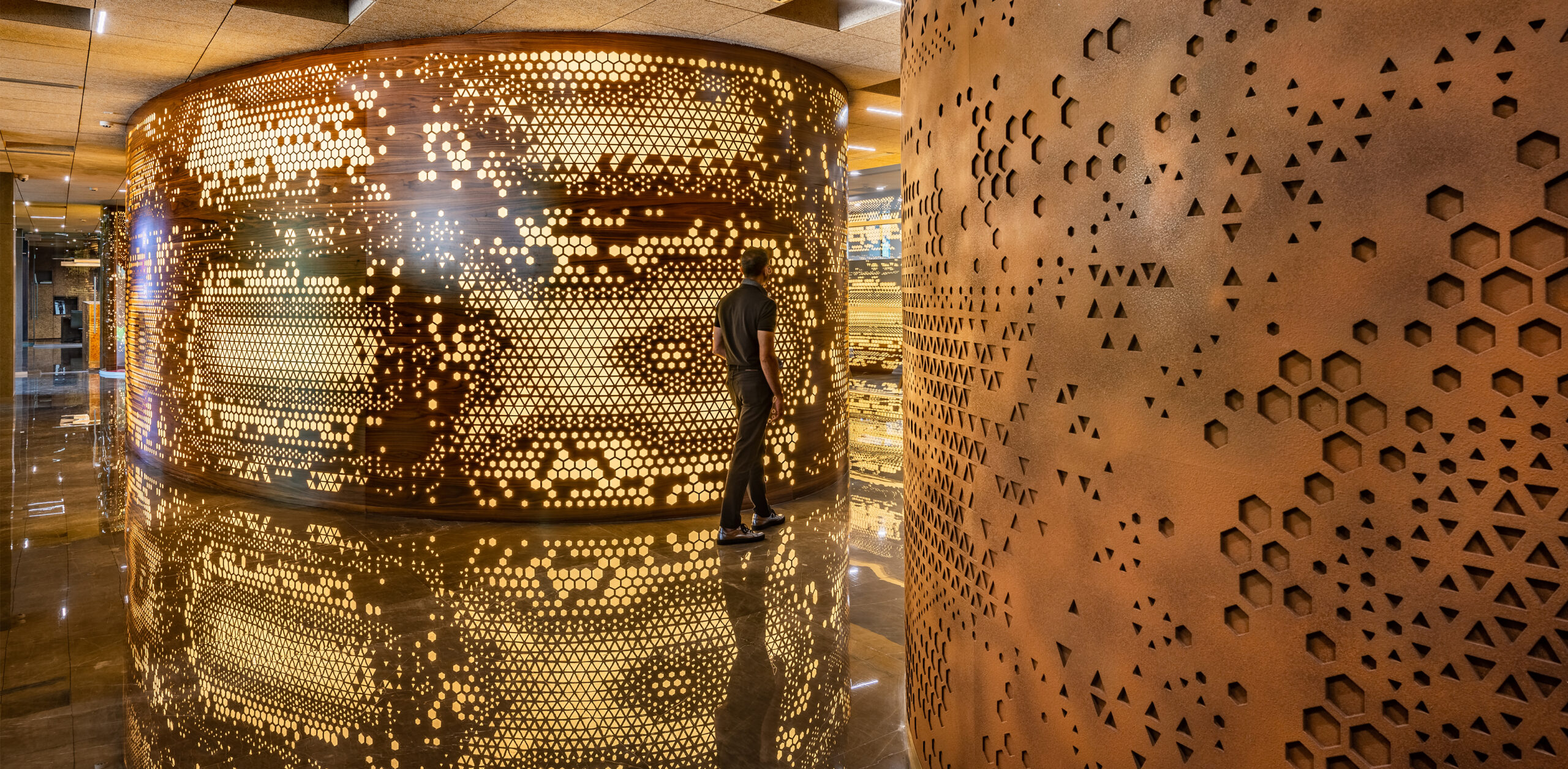
Mashrabiya, intricate latticework that was once a Middle Eastern staple, is being reinterpreted and reimagined by architects worldwide.
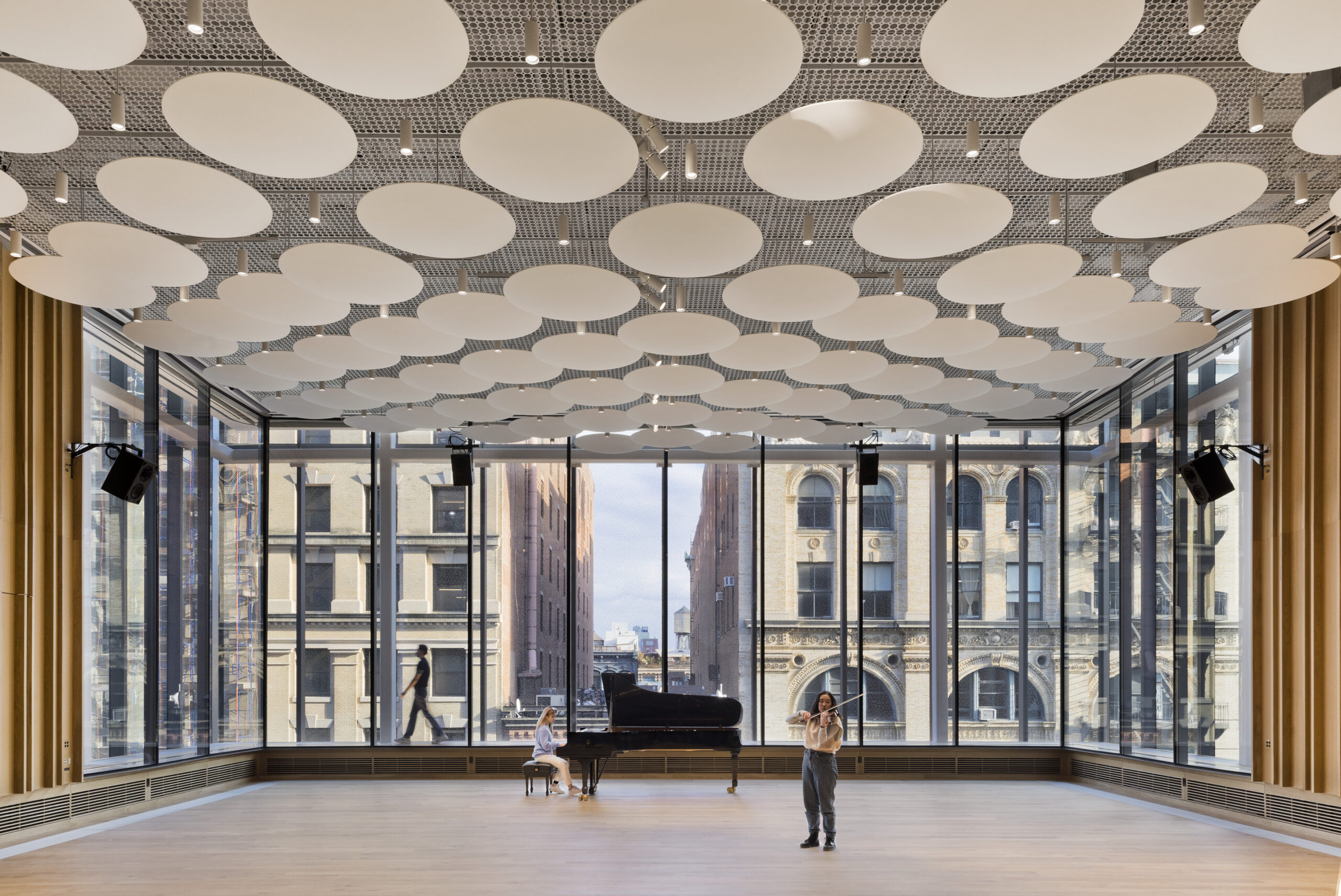
It's whats on the inside that really counts.
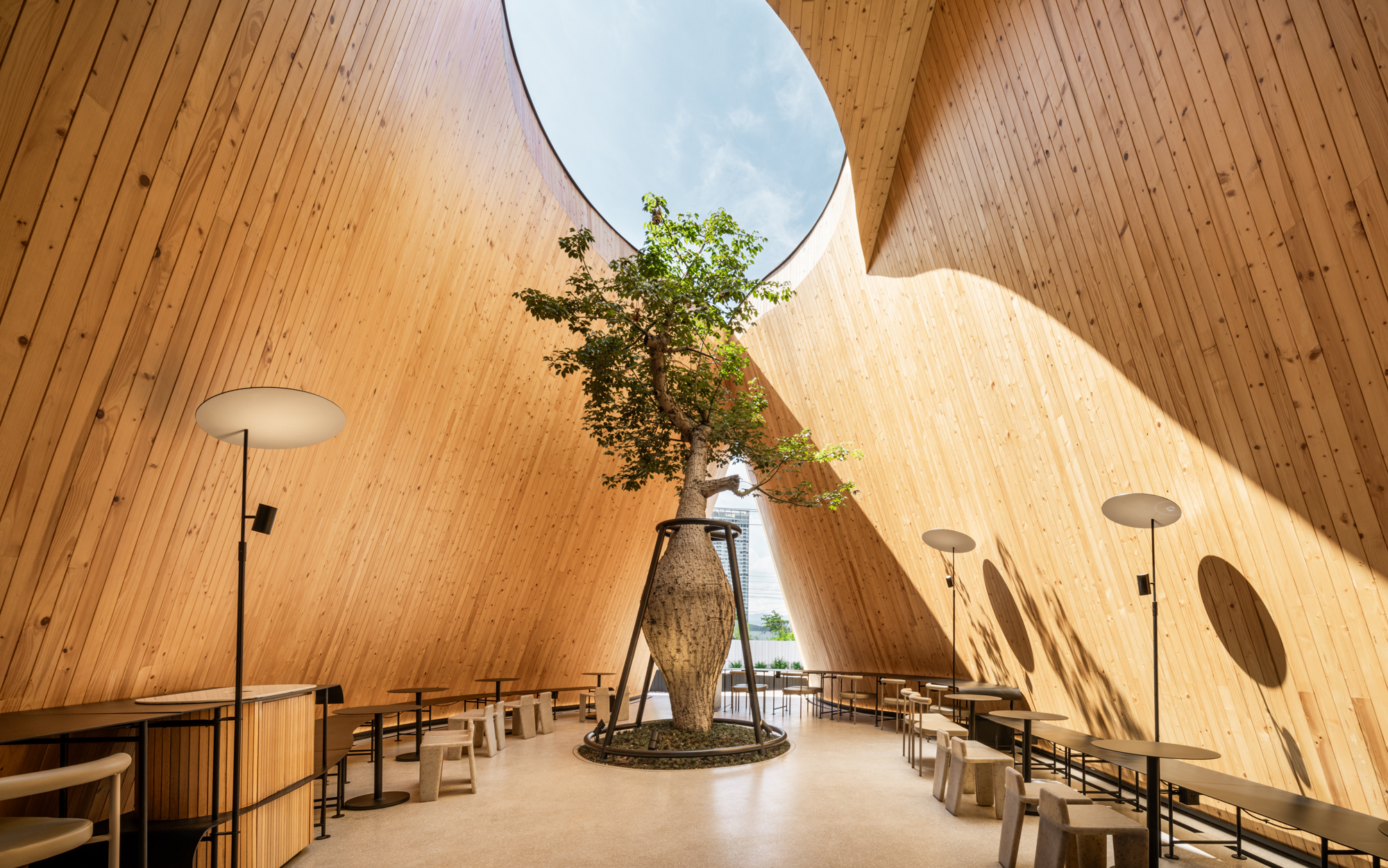
Reflecting the tree spirit Totoro's ethos, these A+Award-winning projects capture the essence of the forest through their tree-hugging designs.
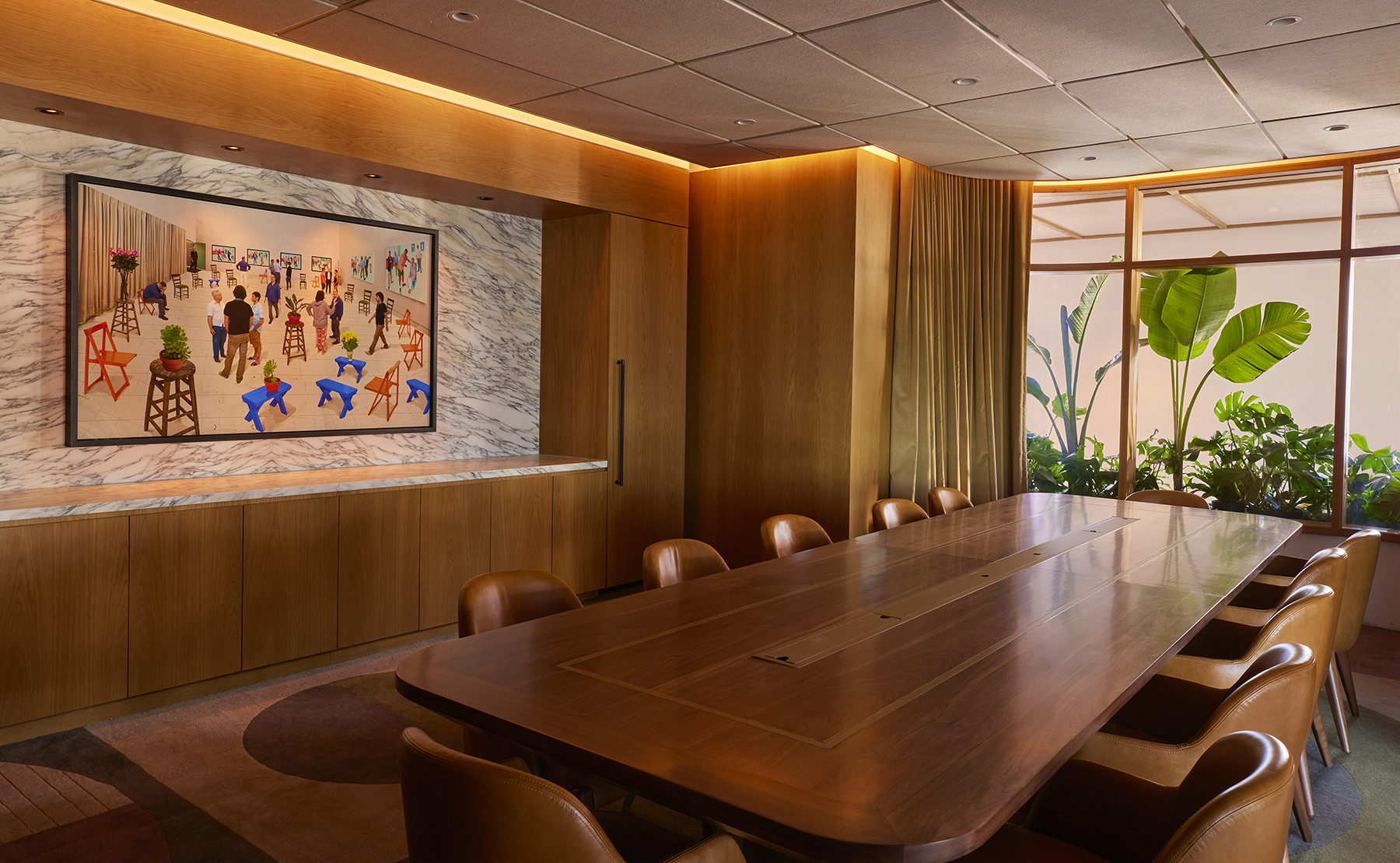
Here's how to maximize impact inside buildings using established techniques exemplified by the world 's best interior projects.